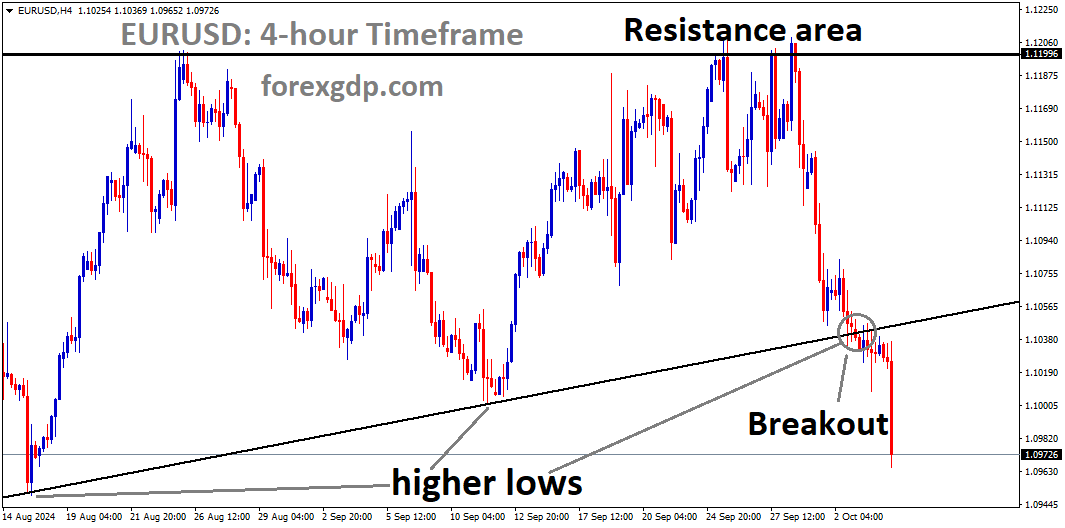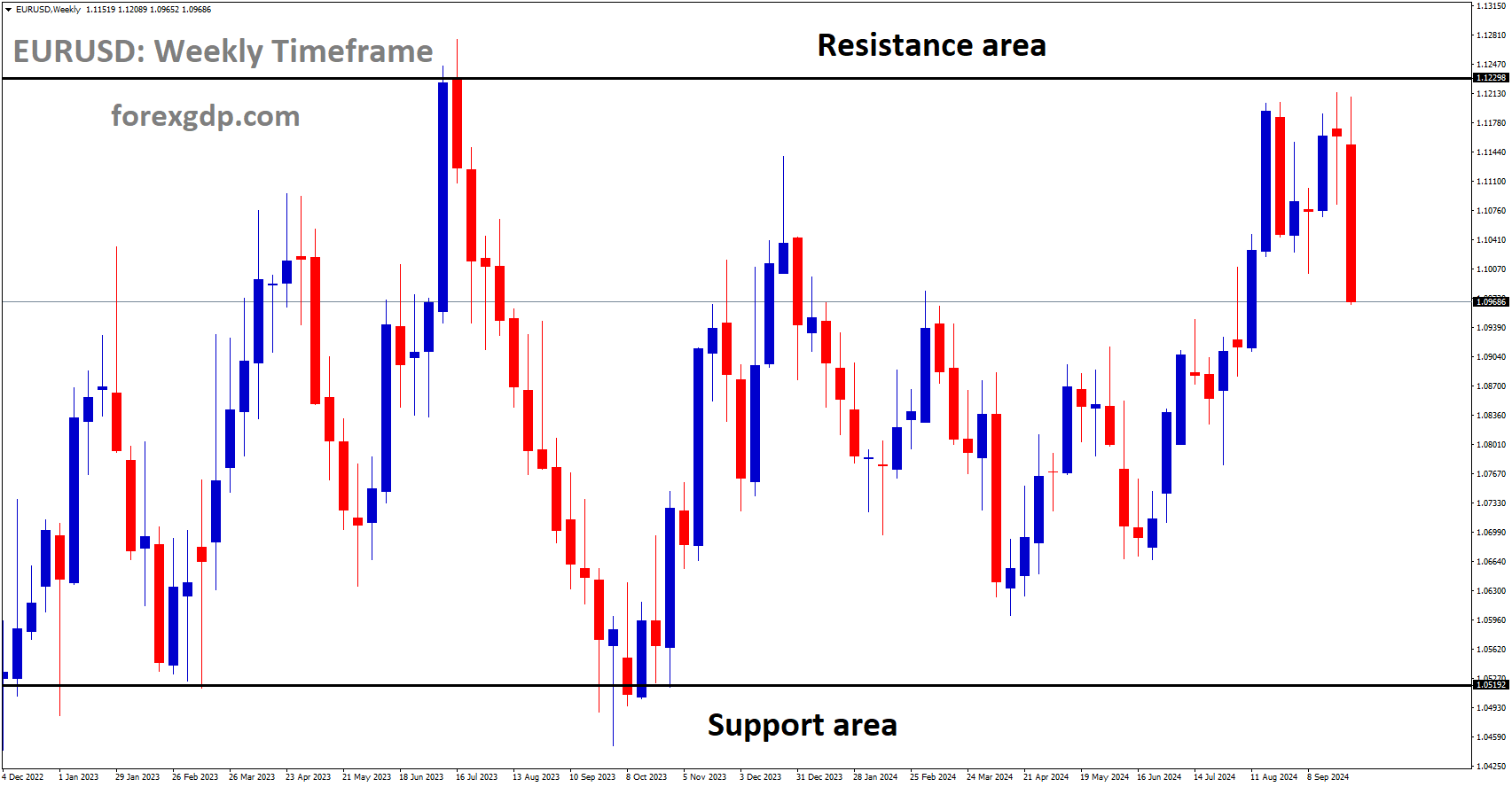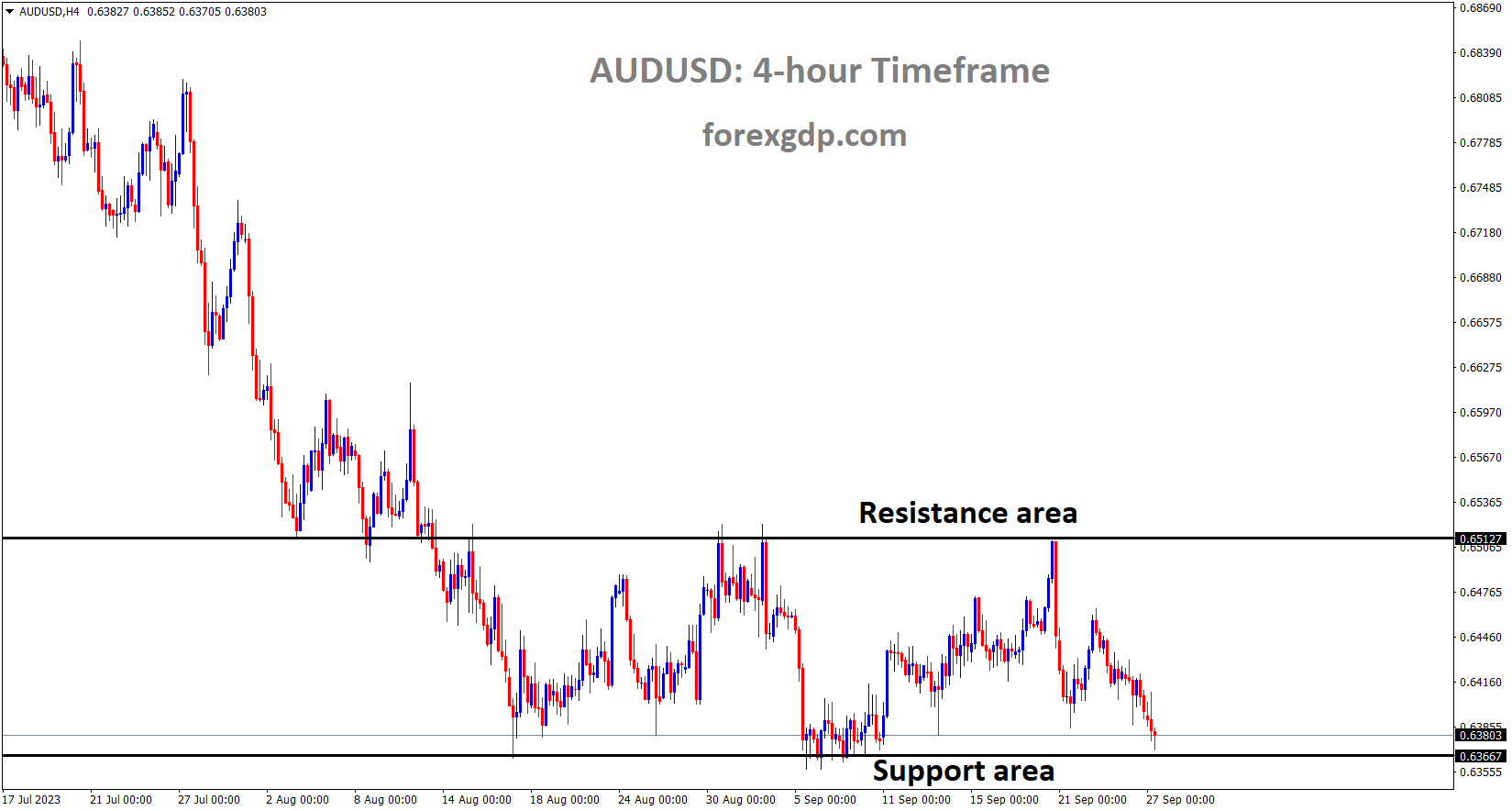EURUSD has broken the Ascending Triangle in the downside
#EURUSD Analysis Video
What to Expect from the Upcoming US Nonfarm Payrolls Report
The US economy is always in the spotlight, and one of the most highly anticipated pieces of data each month is the Nonfarm Payrolls (NFP) report. This key indicator provides insights into the state of the US labor market and often sets the tone for various economic decisions, especially when it comes to interest rate adjustments by the Federal Reserve.
The NFP report for September is set to be released on Friday at 12:30 GMT, and the numbers will undoubtedly attract significant attention. Let’s dive deeper into what this report means, why it’s important, and what the potential outcomes could signify for the economy.
What is the Nonfarm Payrolls Report and Why is It Important?
The Nonfarm Payrolls report, published by the Bureau of Labor Statistics (BLS), is a monthly account of how many jobs were added or lost in the US economy, excluding farm workers and several other sectors like government and non-profit organizations. It serves as a snapshot of the labor market’s health and influences the financial markets, particularly the value of the US dollar.
Here’s why it’s crucial:
- Impact on Interest Rates: The Federal Reserve closely monitors employment data when making decisions about interest rates. Strong job growth often suggests that the economy is healthy, possibly leading to interest rate hikes. On the flip side, weak employment figures can lead to rate cuts to stimulate economic activity.
- Economic Health: Jobs data is one of the clearest indicators of economic strength. A robust job market can signify growing industries and consumer confidence, which in turn supports overall economic growth.
- Investor Sentiment: Financial markets, especially those involving the US dollar and stock markets, react heavily to the NFP report. Positive or negative surprises can cause rapid shifts in currency values and investor behavior.
September’s NFP Expectations: What Are Economists Predicting?
Economists are forecasting that the US economy added approximately 140,000 jobs in September, following the 142,000 jobs gained in August. The unemployment rate is expected to hold steady at 4.2%.
Another critical figure to watch in this report is Average Hourly Earnings, which measures wage inflation. This figure is expected to show a 3.8% year-over-year increase, maintaining the same growth pace observed in August.
This combination of data points gives markets an indication of the potential direction for the economy. Steady job growth with moderate wage inflation might signal that the labor market is stable, and while not booming, it doesn’t require immediate aggressive actions from the Federal Reserve.
How the September NFP Report Can Impact the Federal Reserve’s Decisions
The NFP report plays a key role in shaping expectations around the Federal Reserve’s upcoming policy decisions. The central bank has been in a delicate balancing act—on one hand, it aims to keep inflation in check, but on the other hand, it needs to ensure that economic growth is sustained.
EURUSD is moving in a box pattern, and the market has fallen from the resistance area of the pattern
Earlier this year, there were strong hints of interest rate cuts, with markets predicting a significant rate reduction by the end of 2024. However, recent comments from Fed Chairman Jerome Powell have suggested that the committee is not in a hurry to aggressively cut rates. Instead, the Fed seems to be taking a more measured approach, waiting to see how the economy responds before making any big moves.
If the September NFP report comes in line with or slightly below expectations, it could push the Fed closer to a moderate rate cut, perhaps by 25 basis points. However, a much weaker-than-expected jobs report might increase the odds of a more substantial rate cut. Conversely, stronger job growth or higher-than-expected wage inflation could make the Fed hesitant to cut rates at all.
What Might Happen to the US Dollar?
The NFP report’s direct influence on the US dollar can’t be overstated. Typically, a strong labor market report can bolster the dollar as it suggests a resilient economy, leading to a positive outlook for the currency.
But it’s not just the number of jobs added that matters. If wage growth surprises to the upside, that could indicate rising inflationary pressures, prompting the Fed to adopt a more cautious approach with interest rate cuts, which would likely push the dollar higher.
On the other hand, if the job creation number is weaker than expected and wage growth stalls, the dollar could weaken, as investors start betting on more aggressive Fed rate cuts to stimulate the economy.
Key Takeaways from Recent Fed and Market Sentiment
In recent weeks, markets have been on edge, watching every piece of economic data to gauge the Fed’s next move. There’s been a drop in expectations for a large 50 basis points rate cut in November, primarily due to Fed Chairman Powell’s cautious tone. However, the broader economic picture, including global events like the Israel-Iran conflict, continues to influence the US dollar and market sentiment.
EURUSD is moving in a descending channel, and the market has fallen from the lower high area of the channel
In addition, the JOLTS Job Openings report for August showed some positive signs, with job openings rebounding to over 8 million. This has led to speculation that while the labor market may be cooling, it’s far from collapsing. This sentiment was further supported by the Automatic Data Processing (ADP) report, which showed a healthy 143,000 increase in private-sector jobs for September.
Why Should You Care About This NFP Report?
Even if you’re not an economist or financial market enthusiast, the Nonfarm Payrolls report is still worth paying attention to. It affects everything from mortgage rates to investment returns and can have a broader impact on the global economy. Businesses, consumers, and policymakers all look to this report to make informed decisions, and you should too!
If you’re an investor, knowing how the labor market is performing can help guide your strategies. For instance, if the job market is weakening, it could indicate a downturn in consumer spending, which could negatively affect retail stocks. Conversely, a strong report might suggest that people have more disposable income, which could benefit a variety of sectors.
Final Thoughts on the September Nonfarm Payrolls
The upcoming Nonfarm Payrolls report for September is set to be another pivotal moment for both the US economy and global financial markets. Whether you’re a seasoned investor or simply interested in understanding the economy, keeping an eye on these job numbers can provide essential insights.
Remember, while these numbers provide a snapshot of the current economic landscape, they’re only one piece of the puzzle. The full picture will continue to evolve as more data is released and as the Federal Reserve reacts to economic developments. Stay informed, stay engaged, and you’ll have a much better grasp of what’s happening in the world of finance!
Don’t trade all the time, trade forex only at the confirmed trade setups
Get more confirmed trade signals at premium or supreme – Click here to get more signals , 2200%, 800% growth in Real Live USD trading account of our users – click here to see , or If you want to get FREE Trial signals, You can Join FREE Signals Now!









